Junkyard Find: 1974 Chevrolet El Camino

The Chevrolet El Camino reached its largest size in the 1973-1977 fourth-generation version, while engine power decreased at about the same rate as its bumper size increased. Still, these cartrucks are somewhat sought-after today, more so than the later, smaller G-body-based ones.
Since you won’t see many of these vehicles in self-service wrecking yards, I thought this California example was worth including in this series.
The truckified Chevelle was based on the Malibu Wagon chassis, and this one still has its Chevelle-style hood ornament. The coin-style reeding is extra-classy.
I didn’t feel like getting dirty and checking casting numbers on this small-block V8, but it’s probably a 350 (a 400 would have been yanked within days of showing up in the yard, and the 350 is both the base engine for 1974 and the most likely size to have been swapped in later).
Cars don’t rust much in California, but the rainy winters coupled with indifferent GM weatherstripping can make water collect in some areas and cause some rot.
The vinyl upholstery on the seats and door panels has held up remarkably well in the harsh petrochemical air and thermonuclear rays of coastal California.
800 pound payload! Optional captain’s-chair swivel buckets!
[Images: © 2016 Murilee Martin/The Truth About Cars]

Murilee Martin is the pen name of Phil Greden, a writer who has lived in Minnesota, California, Georgia and (now) Colorado. He has toiled at copywriting, technical writing, junkmail writing, fiction writing and now automotive writing. He has owned many terrible vehicles and some good ones. He spends a great deal of time in self-service junkyards. These days, he writes for publications including Autoweek, Autoblog, Hagerty, The Truth About Cars and Capital One.
More by Murilee Martin
Latest Car Reviews
Read moreLatest Product Reviews
Read moreRecent Comments
- ToolGuy The only way this makes sense to me (still looking) is if it is tied to the realization that they have a capital issue (cash crunch) which is getting in the way of their plans.
- Jeff I do think this is a good thing. Teaching salespeople how to interact with the customer and teaching them some of the features and technical stuff of the vehicles is important.
- MKizzy If Tesla stops maintaining and expanding the Superchargers at current levels, imagine the chaos as more EV owners with high expectations visit crowded and no longer reliable Superchargers.It feels like at this point, Musk is nearly bored enough with Tesla and EVs in general to literally take his ball and going home.
- Incog99 I bought a brand new 4 on the floor 240SX coupe in 1989 in pearl green. I drove it almost 200k miles, put in a killer sound system and never wish I sold it. I graduated to an Infiniti Q45 next and that tank was amazing.
- CanadaCraig As an aside... you are so incredibly vulnerable as you're sitting there WAITING for you EV to charge. It freaks me out.

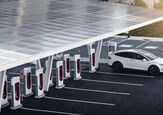
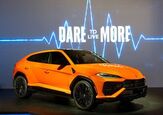
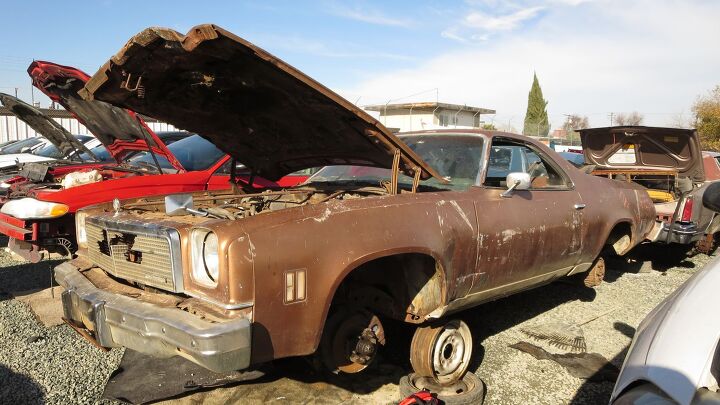




























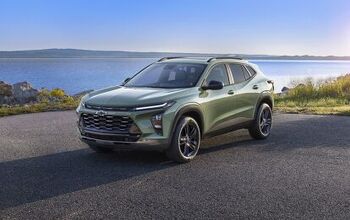
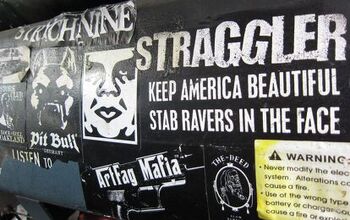
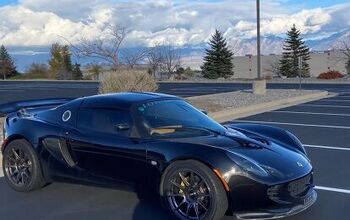


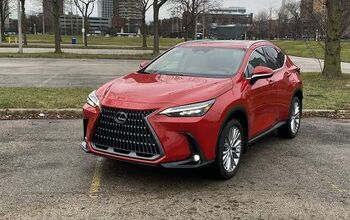
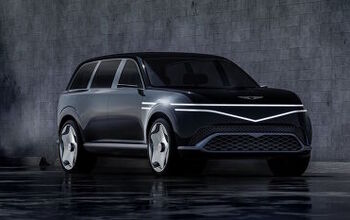
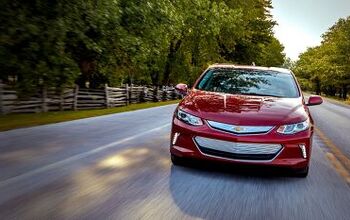



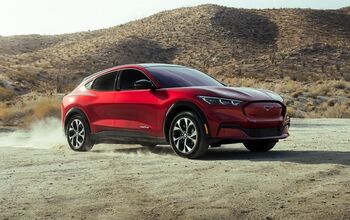
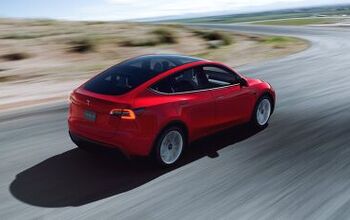
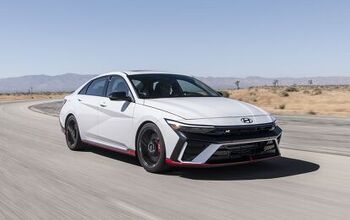
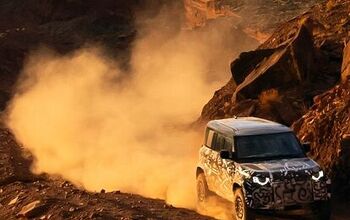
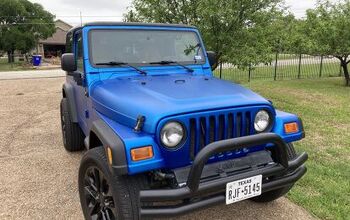


Comments
Join the conversation
A kid I worked with at my first job circa 1993 had a 1976 El Camino. White and red with a camper shell! He kept a complete selection of automotive fluids in the back and frequently had the hood up adding them in the parking lot (mostly coolant as I recall). His dad drove a '78 Firebird that you had to lift the doors to get them to close as they sagged several inches after opening. Mom drove an Astro van. The whole family was a sucker for rolling GM abuse.
Since relocating to Oz for a spell, in the automotive department I feel like I've stepped into an alternative history, where Falcons never went out of style, and car-based utes still grace the showrooms. My understanding is that the current Holden Ute was destined to follow the Monaro/GTO into Pontiac showrooms, until the GFC caused GM to have its come-to-Jesus moment. Too bad, because the GM-Holden (and to a lesser degree Ford) utes can be optioned into very sporty, Mustang-eating road warriors. There is an outfit in the US that will Federalize one for you, causing pulled necks among the Elkey worshippers wherever you go.